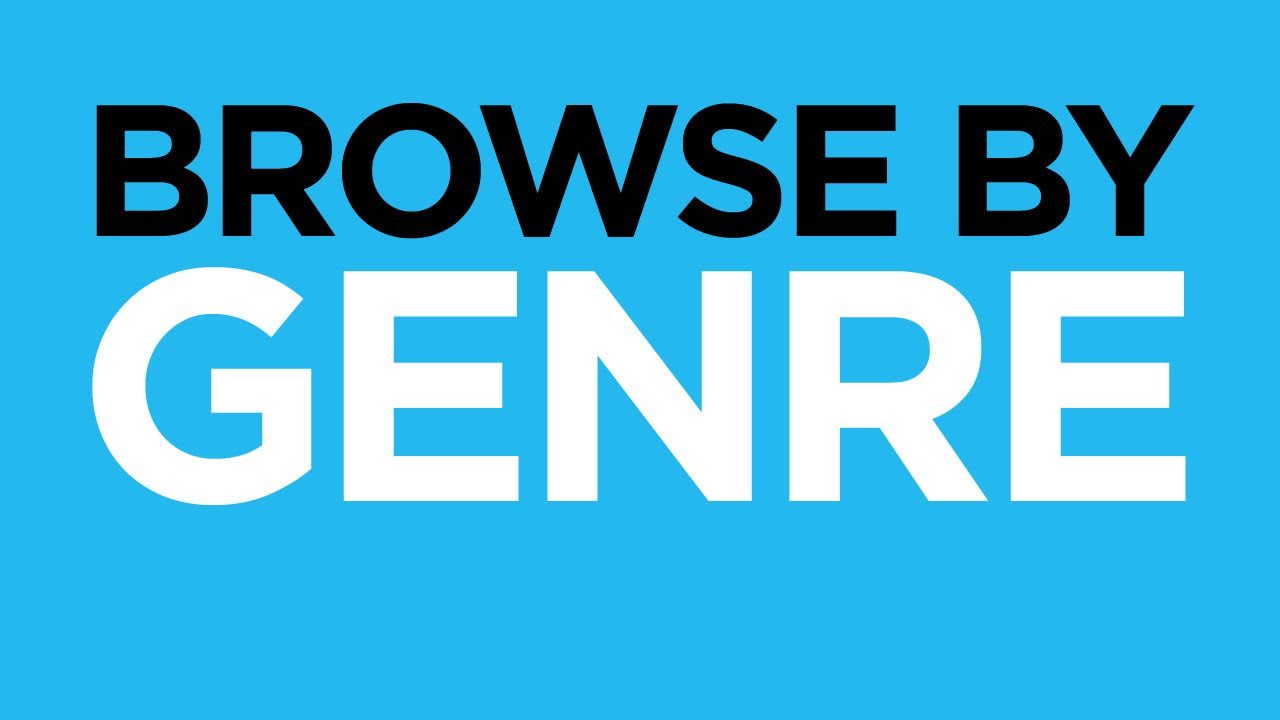In the past, genre was simple and easy for me to define. It was nothing more than a word to represent categories for books: fiction, poetry, non-fiction, genre fiction, etc., and music: rock, pop, metal, country, etc. However true that definition may be, it does not even begin to cover the entirety of the meaning of genre.
Genre is more than just a way to sort different forms of art. We use the term in relation to the medium publishers and artists choose to use, and to refer to more specific idiosyncrasies of genre categories belonging to ones like those I listed before. Genres exist to solve rhetorical situations; to address them appropriately, by each developing their own special rules and devices for writers to follow and use. A writer should know how situation correlates with genre. For example, an urgent, breaking news story wouldn’t be written and then submitted for later publishing in some magazine; it would be published immediately online, for public access. Amy Devitt states, similarly, in her essay “Generalizing About Genre”, that “writers first respond in fitting ways and hence similarly to recurring situations; then, the similarities among those appropriate responses become established as generic conventions” (Devitt 576).
Devitt specifies that genre has developed over time to fit into their certain recurring rhetorical situations. However, that connection “does not complete our understanding of genre’s origins” (577). This is simply because the “notion of situation” (577) is always changing. Digital genres especially are in a constant state of change, and are one of the biggest reasons why Devitt says this. Digital publishing accelerates the changes, and enables us to morph genres together and apart.
An easier way of looking at genre as a term is explained in Writer/Designer: A Guide to Making Multimodal Projects. The authors stress that the “traditional understanding of genre helps us recognize how to group similar texts and understand their communicative purpose” (63). It is best to start at the basics, with the roots, when trying to understand genre and its dynamics.
A genre that has always interested me is comedy, but not only in that broad sense of the word. The way comedy as a genre evolves over time and is never static is fascinating. Not to mention that there are countless subgenres, each with their own genre conventions (“the features that audiences expect from a text” (64)). Comedy is a big word, and it really serves as more of an umbrella term than something with its own strict definition. There are so many things that fall under it: stand-up, improv, radio shows, podcasts… the list goes on and on, even without the inclusion of all the different types of comedy that people use, for example: satire, slap-stick, anecdotal, dark, deadpan, the options are limitless. Genre really gives us, as writers and artists, opportunities all over the place.
Word Count: 473
Works Cited:
Ball, Cheryl E. et al. Writer/Designer: A Guide to Making Mulimodal Projects. 2nd ed., New York, Bedford/St. Martin’s, 2018.
Devitt, Amy J. “Generalizing about Genre: New Conceptions of an Old Concept.” College Composition and Communication, vol. 44, no. 4, 1993.
